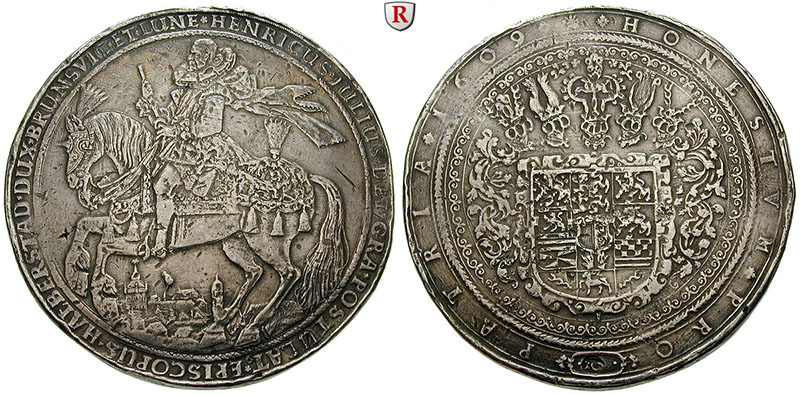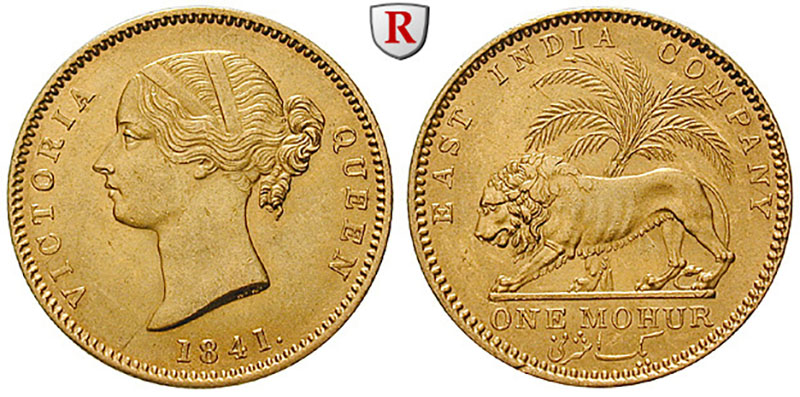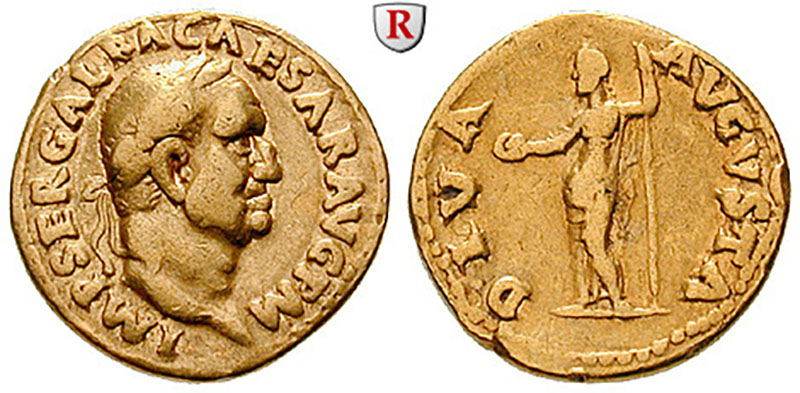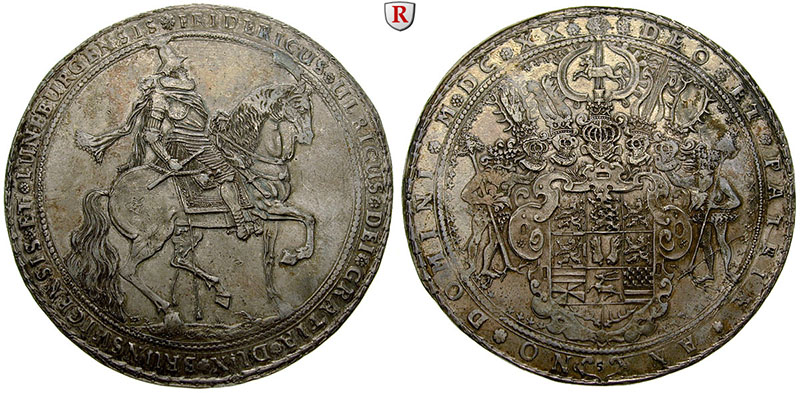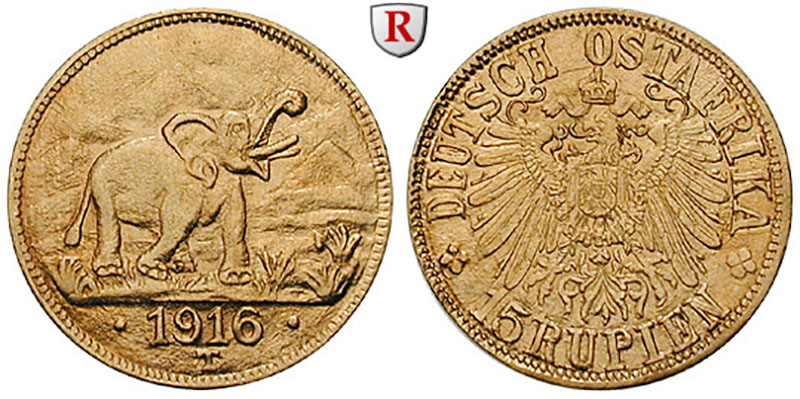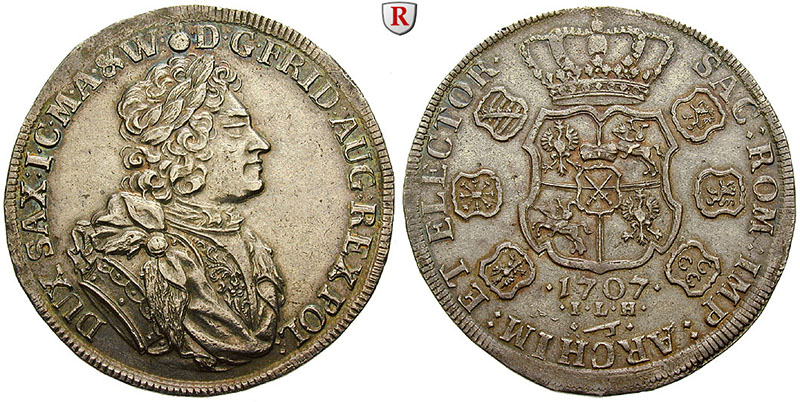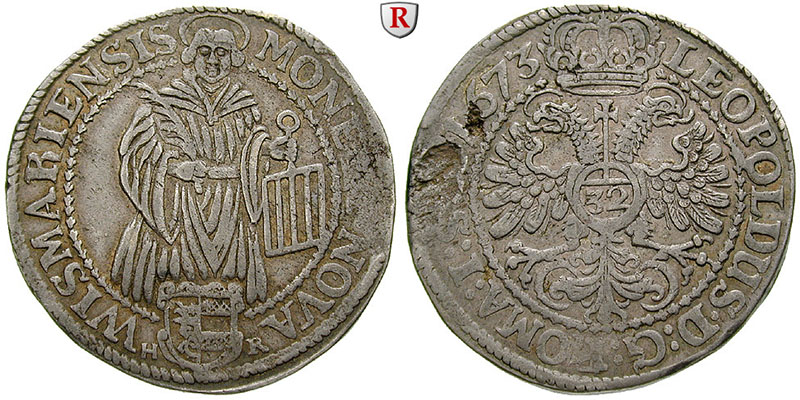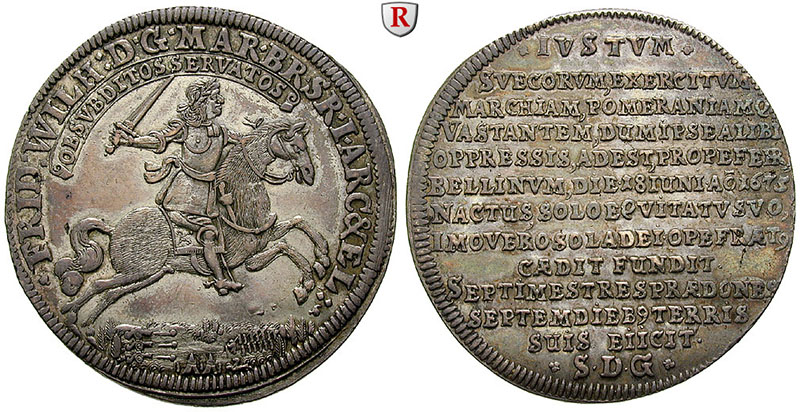Royal Mint Unveil New Charles III Reverse Designs for Circulation Coinage
by Michael Alexander
The Royal Mint have unveiled on the 12th October the definitive reverse designs for circulation coinage which will be struck for the remainder of the reign of HM King Charles III. The designs comprise eight denominations from one penny to two pounds and take their theme from habitat and ecology through Britain’s diverse flora and fauna, with conservation being a particularly important subject to the King himself.
In keeping with British tradition, obverse and reverse designs are introduced onto national coinage usually at the beginning of a new reign. The new effigy of His Majesty created by engraver Martin Jennings was unveiled in late September 2022, just weeks after his accession to the throne and has featured on all British coinage minted since that time.
The entire series was unveiled during a press call in Central London at which time the media were offered the opportunity to photograph the coins which were on display alongside their photo images and a small plaster model of the final design. As a nod to Britain’s first decimal coins introduced between 1968 and 1971, numerals feature on each design in contrast to the last series launched in 2008 where the denominations were represented in words. As a personal touch to the series, a field which includes interlocked ‘C’s reminiscent of the royal cypher of King Charles III is placed to the left of each subject featured on all denominations. The Royal Mint confirmed that His Majesty was quite involved in the series development and approved each of the designs personally.
In what is called a collaborative effort by Royal Mint artisans and engravers, the project was overseen by Gordon Summers who is the Royal Mint’s Chief engraver. Each coin design has also been created with the support of the Royal Horticultural Society and the Royal Society for the Protection of Birds.
In keeping with the introduction of new designs for all current denominations, the two pound coin was included in the change-over. The depiction of Britannia returned to British coinage and onto the largest denomination only in 2015 which makes it a somewhat brief series in terms of longevity. The denominations, metallic compositions, weights and diameters remain the same as the currently circulating coins.
- 1 Penny – Small in stature, the hazel dormouse is a fitting presence on the UK’s smallest denomination. Mostly found in southern England, the hazel dormouses’ population has halved since 2007. However, more than 1000 have been reintroduced in 13 different counties across the country to reverse this little mammal’s on-going decline.
- 2 Pence – The red squirrel’s distinctive colouring blends perfectly with the reddish hue of this copper-coloured coin. With 75% of its population found in areas of Scotland, the red squirrel can also be found in Northern Ireland, the Isle of Wight, Brownsea Island, Anglesey, Cumbria, Kielder Forest and Formby. Conservation efforts are currently in place to manage the population in the UK to avoid it becoming extinct.
- 5 Pence – This coin displays an oak tree leaf, signifying its role as a rich habitat for biodiversity in British woodland areas. Supporting more life than any other native tree species in the UK, the oak tree has a long association with monarchies, as ancient kings of Britain and Roman Emperors were often depicted wearing crowns or wreaths of oak leaves.
- 10 Pence – Found in a small part of Scotland, the capercaillie is the world’s largest grouse and features on the reverse of the larger of the two round silver-coloured coins currently in circulation. After becoming extinct once before, in the mid eighteenth century, the species is now at risk of becoming extinct for the second time.
- 20 Pence – This unmistakable seabird, the puffin features on the reverse of the new definitive seven-sided coin. Striking in their appearance, around 10% of the worldwide puffin population breeds along the UK’s coastline. Classed as a Red List species, the population is predicted to severely regress over the next 30 years but there is hope for the puffin if action is taken now to protect their nesting sites and food supply.
- 50 Pence – A conservation species with high priority, the Atlantic salmon features on the larger of the two seven-sided cupro-nickel coins in circulation. Wild populations are low due to factors such as river pollution, habitat loss, river heating and overfishing. They can be found in pristine rivers in Scotland and Wales along with those in North and South West England.
- 1 Pound – Representing the more than 250 species which exist in Britain, the bee features on the reverse side of this twelve-sided bi-metallic coin. Bumblebees, mason bees, mining bees and more – these industrious insects play a pivotal role in pollinating many plants and fruiting trees. They can be found all over the country, commonly in gardens, parks, woods, orchards and meadows, and of course, now on the reverse of this remodelled coin introduced into circulation in 2017.
- 2 Pounds – This bi-metallic coin and largest face value features flora that symbolise the four nations comprising the United Kingdom. The design includes a rose for England, a daffodil for Wales, a thistle for Scotland and a shamrock for Northern Ireland. Inspired by HM King Charles’ inaugural address on the 9th September 2022 and personally approved by His Majesty, the edge inscription reads “IN SERVITIO OMNIUM”, Latin for “In the service of all”.
The new definitive designs replace the last series introduced during the reign of Her Late Majesty Queen Elizabeth II in 2008 and which were designed by graphic artist Matthew Dent. Prior to this change, the reverse designs of Britain’ coinage has sustained the longest period where some of the designs remained the same, lasting 40 years. The new coins are currently under production and are expected to enter circulation by the beginning of 2024. The King Charles III coin series and previous coins struck during the reign of Queen Elizabeth II will circulate alongside each other without distinction.
The author, Michael Alexander, is president of the London Banknote and Monetary Research Centre.







